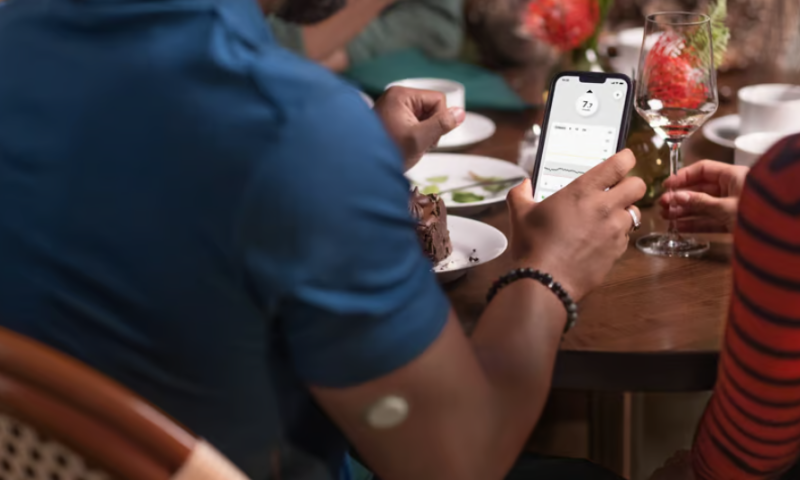SAN FRANCISCO — After securing FDA clearance for its G7 continuous glucose monitor system last month, Dexcom is ready to begin adding the U.S. to its list of launch sites across the globe this quarter. That list already includes a smattering of European countries and will soon spread further across the continent, into Canada and, by early 2024, throughout the Asia-Pacific region.
“We won’t be bashful about the launch—we’ll go after it pretty aggressively,” CEO Kevin Sayer told Fierce Medtech in an interview at the J.P. Morgan Healthcare Conference in San Francisco.
This is the first time Dexcom has ever launched a product around the world at the same time, Sayer said, and it likely won’t all be smooth sailing—but the CEO wouldn’t have it any other way.
In 2022, the company racked up $2.91 billion in revenue, according to preliminary results released Monday. That represents organic growth of about 19% and came as Dexcom deftly avoided the supply chain challenges affecting many of its peers across the medtech industry in order to stay on top of all orders, inventory levels and other commitments.
“Now, we’re going to balance this well-oiled machine with this new product,” Sayer said Tuesday. “The demand is going to be amazing, and you always think you’re ready, that we’re so much more ready than we were with G6—but I guarantee you, we’re not.”
That said, Dexcom is fully prepared to dive into that “aggressive” production and rollout of the G7 system across the U.S. in the coming months, with Sayer noting, “There’s nothing more fun than the chaos of success … and it’s a good thing. It’s what makes companies stronger; it’s what brings teams together. Those successes are what we all come to work for.”
Much of the preparation for the rollout has stemmed from the fact that Dexcom “didn’t do anything the same” as it transitioned from the G6 to G7 sensor.
“All the manufacturing lines are different; the component parts are different,” Sayer explained. “It takes a while when you launch and bring new lines up, and it doesn’t happen seamlessly.”
Even so, he said, by the end of this year, Dexcom is expecting to see the costs of producing the new CGM clock in lower than those of its predecessor—a major boon for the company as it aims to build “hundreds of millions” of G7 sensors compared to mere tens of millions of previous models.
That uptick in production will be helped along by a new plant Dexcom plans to bring up in Malaysia this year. The new addition is proof that “we’re not going to quit investing in the business,” according to Sayer, who added, “We’ll spend what we have to spend to launch G7.”
Helping to guide that continued investment will be Teri Lawver, who was announced Monday as Dexcom’s first-ever chief commercial officer.
“It just made so much sense to bring another really smart head into our management structure,” Sayer said of the new hire. “She’ll evaluate those commercial investments, but we’ve also got to invest in creating more awareness for our product, and we think our G7 product gives us the platform and opportunity to do that.”
All of that investment around the G7 launch is expected to ring in another banner year for Dexcom. In the preliminary financial report this week, it predicted year-over-year revenue growth between 15% and 20%, pushing 2023’s earnings nearly to the $3.5 billion mark.
Sayer also offered a peek into additional technologies that could one day join its glucose monitors for Type 1 and Type 2 diabetes. Those long-term possibilities include expanding the sensors into gestational diabetes monitoring as well as for use in weight loss programs.
Dexcom may even dip its toe in the diagnostic waters, Sayer mused—though that’s not currently on the short-term docket.
“We could very easily create a diagnostic that somebody early in their pregnancy can take home and wear for 10 days, then upload that data to the cloud and get a very good reading as to whether or not they have gestational diabetes,” he said.
“With home diagnostics, if we’re going to be meaningful, they really ought to work, and they ought to provide us some meaningful information,” he said. “We can do that. I think that’s something we’ll look at over the course of time. We’re not there yet, but it is something that we really need to think about.”

